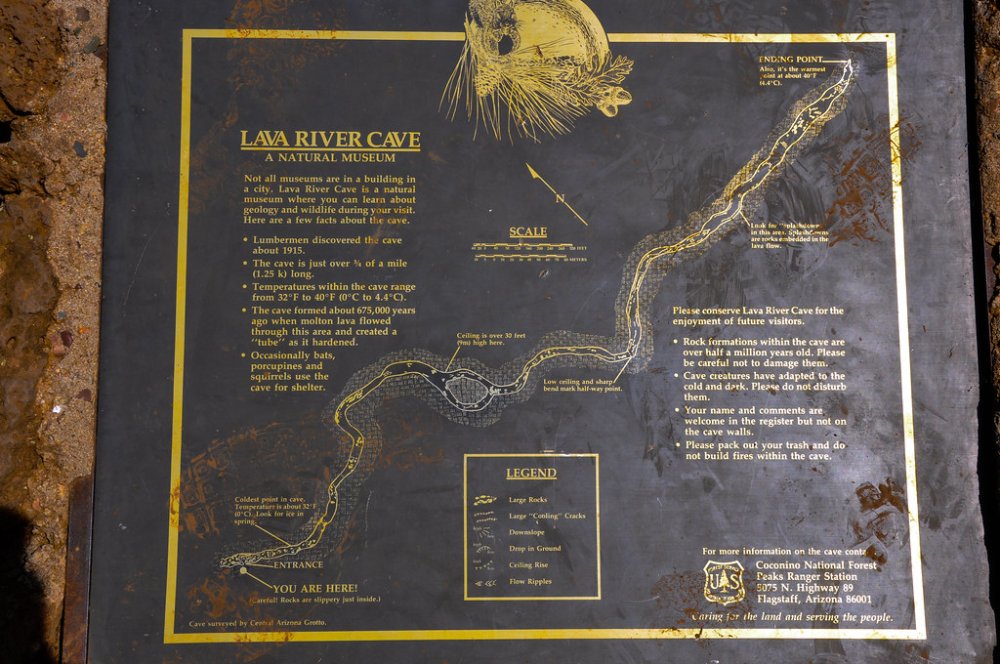The thrilling aspect of exploring subterranean environments is cavern navigation. It resembles navigating a mysterious, magical area. But it has its own set of difficulties, just like any adventure. A lot of adventurers become lost or confused, particularly in intricate cave networks. Without the right navigational skills, it’s simple to get lost or run into unforeseen danger.
Fortunately, you can have a safe and enjoyable spelunking experience with a few basic cave navigation tips. Examine the information below to become an expert at cave navigation and guarantee a trouble-free subterranean voyage!
Understanding Cave Navigation
Navigating through caves isn’t like following a path in the park. Caves can be dark, twisty, and confusing. Here are some fundamental things to know about cave navigation:
- Know Your Cave
Before you enter a cave, research it thoroughly. Understand its layout, length, and any known hazards. Maps and guidebooks can be your best friends here. - Use Proper Equipment
A reliable flashlight or headlamp is crucial. Bring extra batteries and a backup light source. You don’t want to be left in the dark—literally! - Mark Your Path
As you explore, mark your route with tape or chalk. This helps you find your way back. Avoid marking too many points; it can create confusion.

Step-by-Step Guide to Navigating a Cave
Navigating a cave can be a breeze if you follow these steps:
- Plan Ahead
Study the cave map and note any significant landmarks. Plan your route and decide on turn-around points. This preparation helps you stay on track. - Carry Navigation Tools
Bring a compass and a map of the cave. A compass is handy for keeping your direction, especially if the cave has multiple passages. - Mark Key Locations
Use markers to identify key points along your route. This can be especially helpful if the cave has complex passages or multiple routes. - Stay Calm and Focused
If you feel disoriented, stop and assess your situation. Take a few deep breaths and consult your map or compass. Panic can lead to mistakes. - Communicate with Your Group
If you’re exploring with others, make sure everyone knows the plan. Use clear signals and keep communication open to avoid getting separated.
Essential Tools for Cave Navigation
To make your cave navigation easier, equip yourself with the following tools:
- Headlamp or Flashlight: Ensure it’s bright and reliable. Headlamps are preferred because they keep your hands free.
- Extra Batteries: Always carry spares to avoid being caught in the dark.
- Cave Map and Compass: These tools are vital for understanding and orienting yourself in the cave.
Safety Tips for Cave Exploration
Cave navigation isn’t just about finding your way; it’s also about staying safe. Here are a few safety tips:
- Avoid Touching Wet Walls: They can be slippery and dangerous.
- Stay on Designated Paths: This reduces the risk of getting lost and minimizes your impact on the cave environment.
- Know Your Limits: If a section of the cave feels too challenging, don’t push yourself. Turn back and explore another time.
Conclusion
Cave navigation can transform your spelunking adventure from a confusing ordeal into a thrilling journey of discovery. By following these cave navigation tips, you can stay safe, find your way, and fully enjoy the hidden wonders of the underground world. Remember, preparation and the right tools are key. With a bit of planning and a calm approach, navigating caves can be an incredibly rewarding experience.
Find out more on essential beginner caving techniques.
